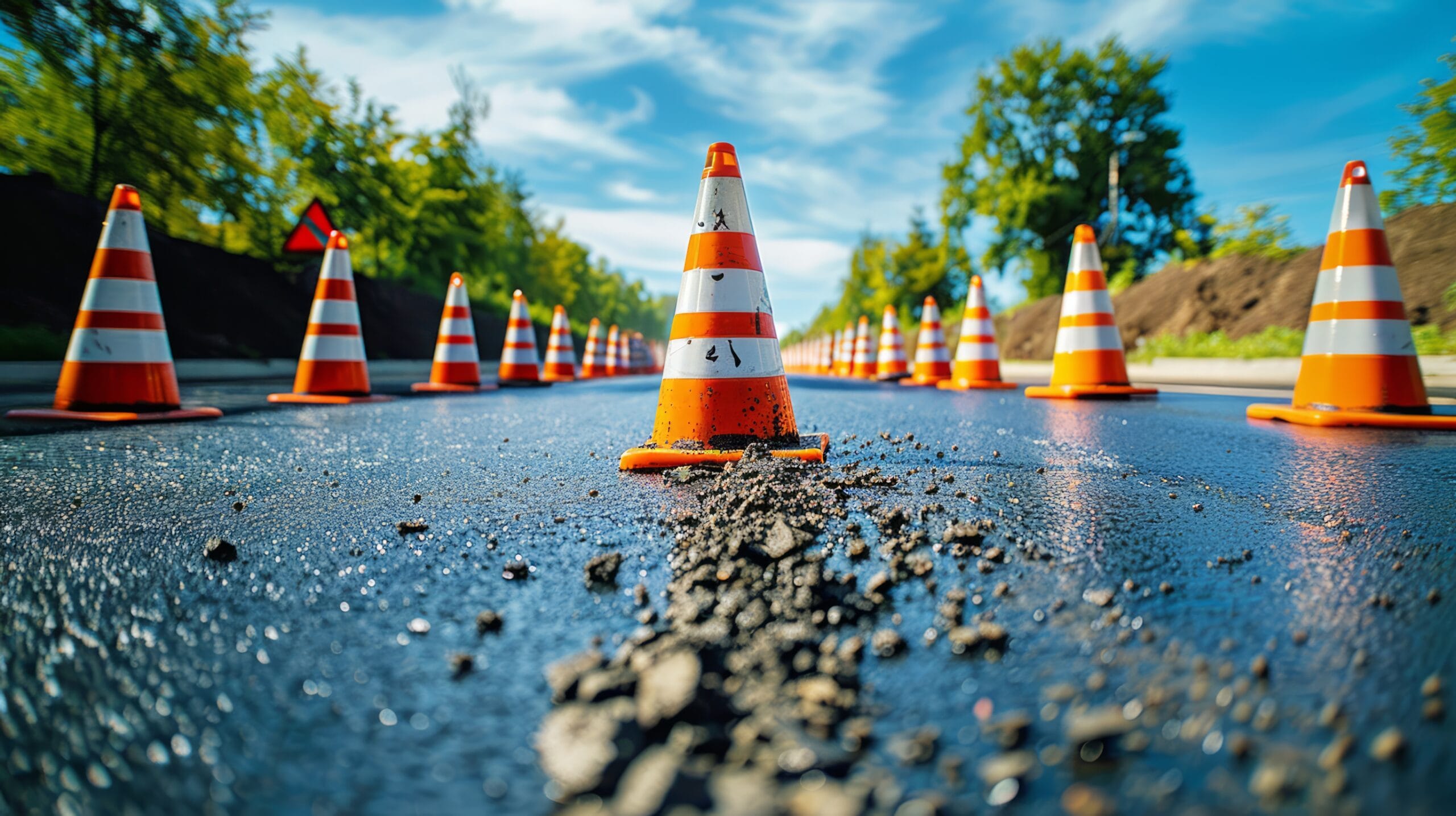WORK ZONE AWARENESS
New Braunfels, TX, April 17, 2024

One of the greatest things about being a part of the Ontivity family is the diverse types of work we are engaged in. We have seen recent growth in our underground fiber and small cell portfolio. This new type of work is exciting and continues to show signs of significant growth. However, it does introduce some hazards that traditionally we did not have to deal with when building a new cellular infrastructure. In conjunction with this week’s National Initiative to Raise Work Zone Awareness, we want to discuss one of those hazards more in depth. That hazard is traffic. More than 40,000 people are injured each year as a result of incidents in work zones. Our key points today are aimed at increasing your level of awareness to prevent one of our family members from contributing to that statistic. Our 3 discussion points today are:
- Develop a traffic control plan prior to starting work
- Inspect traffic control devices before use
- Use the proper PPE in work zones
DEVELOP A TRAFFIC CONTROL PLAN PRIOR TO STARTING WORK
Before you start work near a road, evaluate the work site for hazards. Look for blind corners, how heavy the traffic is, and how fast it flows. Note the weather, temperature, and visibility, and how they will affect the work that you are doing and how motorists will respond. Every highway or public road work zone should be set up in accordance with the current edition of the Uniform Traffic Control Devices (MUTCD) manual. There are many parts that comprise a work zone. Items like the length of advance warning area, transition area, buffer area, work area, and termination areas have specific requirements based on where your work is. Each one of them are key to your overall safety. The specific details on setting up these areas can be found in MUTCD guidebook. Now you may be thinking, I am just using a bucket truck and going up real quick, do I really need a full traffic plan. Well, the answer is maybe not, but you should verify with the local jurisdiction before you assume you don’t. In most cases, you can deploy a temporary traffic control plan when conducting utility work. Guidance for how to properly deploy a temporary traffic control plan is also provided in the MUTCD guidebook. If you take away one thing from this topic make it this – proper planning and execution is key to protection of our employees and the general public when you’re working in public roadways.
INSPECT TRAFFIC CONTROL DEVICES BEFORE USE
Traffic control devices are markers, signs and signal devices used to inform, guide and control traffic, including pedestrians. They serve as a visual warning to those approaching that work is taking place ahead of them. If you heard it once, you have heard it a thousand times. Pre-work inspection is a key part of the process to ensure these devices will function for their intended purpose. When inspecting, look for things like excessive fading or discoloration of equipment that could decrease the visibility of the device. Don’t use equipment with damaged supports that could allow them to easily tip over. Some traffic control equipment is equipped with reflective material and is another item to pay attention to, especially if you are working after sunset. The use of damaged or questionable equipment could create a situation where vehicles inadvertently enter or exit the work zone in the wrong place. Traffic control equipment serves a critical purpose which is your safety! Don’t gamble with your well-being by using damaged or defective equipment.
USE THE PROPER PPE IN WORK ZONES
Not only are hardhats, and appropriate footwear a necessity for safety in work zones but the correct level of high visibility garments is arguably the most critical. Workers in and around roadside work areas need to be visible to any potential traffic and heavy equipment. As per Ontivity company policy, in situations where workers are assigned work in areas with vehicle or heavy equipment traffic, they are required to wear the appropriate high visibility clothing for the time of day the work is being performed. Let’s explain this a bit further. Appropriate clothing is a shirt or high visibility vest that meets or exceeds the ANSI/ISEA 107 standard for Class 2 or Class 3 garments. The color of the garment must be orange, yellow, yellow-green or a fluorescent version of these colors. Class 2 garments are intended for workers who are exposed to daytime traffic traveling above 25 mph where workers need to be visible. Class 3 garments provide visibility under poor light conditions and at great distance with the greatest body coverage. This class is for workers who need to be visible through a full range of movement, from a minimum of 1280 feet, and are working in a road closure environment or when working after the sun sets. If you are unsure of the type of high visibility clothing or vest you need, please contact the EHS team for assistance.
If you would like more information on this topic or any other safety-related topic, please reach out to the Ontivity safety team at safety@ontivity.com, and we will get you taken care of.
